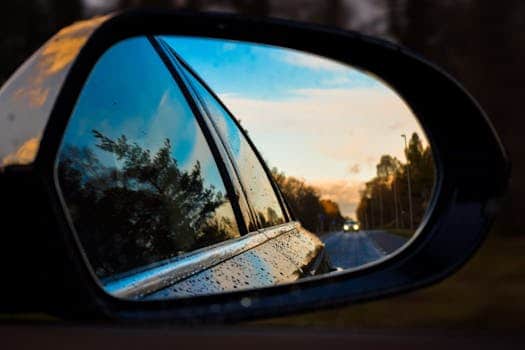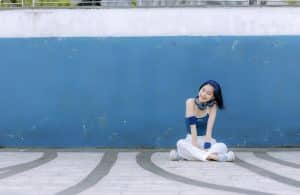Digital Rust: Programmed Patina Art
Art has been a part of human civilization for centuries, serving as a means of creative expression and reflection of the changing times. However, as technology continues to advance, so does the art world. This intersection of art and technology has brought about a new form of art known as Digital Rust: Programmed Patina Art. Combining the elements of rust and digital programming, this unique form of art has captivated audiences and left them in awe. In this article, we will delve into the world of Digital Rust, its origins, techniques, and impact on the art world.
The Origins of Digital Rust
The concept of Digital Rust was first introduced by artist and programmer Nicholas Faraday in 2012. Faraday explored the idea of creating artificial rust through digital manipulation, giving birth to the first Digital Rust artwork. The idea behind Digital Rust was to recreate the aesthetic of rust on digital devices, such as screens and monitors.
The Process of Creating Digital Rust Art
While traditional rust is a result of oxidation on metal surfaces, Digital Rust is created through the use of programming and digital manipulation. The process of creating Digital Rust art involves the use of algorithms and coding to simulate the natural process of rusting on digital surfaces. This requires a combination of technical skills and artistic vision.
The first step in creating Digital Rust art is to manipulate the colors and textures of the digital surface. This is done by using digital software, such as Photoshop, to alter the visual appearance of the surface. Next, the artist uses digital tools to create the patterns and corrosion found in traditional rust. These patterns are often randomized to mimic the natural, unpredictable nature of rusting.
The final step is to add the finishing touches by incorporating traditional rust elements, such as drips and streaks, to the digital surface. These elements are added using digital brushes and tools to create a more realistic and cohesive Digital Rust artwork.
The Impact of Digital Rust on the Art World
Digital Rust has opened up a whole new realm of possibilities in the art world. By blending the old with the new, Digital Rust has challenged the traditional forms of art and introduced a new form of expression. This has also allowed for a wider audience to appreciate and engage with art, especially those who are more accustomed to digital mediums.
Moreover, Digital Rust has also sparked conversations about the relationship between technology and nature. The use of digital tools to simulate a natural process raises questions about the impact of technology on our environment and the role it plays in shaping our perceptions of art.
Digital Rust has also gained recognition in the art market, with several galleries showcasing and selling Digital Rust artworks. In 2019, a Digital Rust artwork titled “Untitled (Rusty)” by artist Sarah Smith was sold for $50,000, signaling the growing demand for this unique form of art.
The Future of Digital Rust
As technology continues to evolve, so does Digital Rust. With the advancement of digital tools and techniques, artists are now able to create more intricate and realistic Digital Rust artworks. Some are even experimenting with different mediums, such as incorporating Digital Rust into sculptures and installations.
Furthermore, Digital Rust has also inspired other forms of digital art, such as Digital Decay, which explores the concept of digital objects aging and deteriorating over time. This expansion of the digital art world has allowed for endless possibilities and the continuous evolution of art.
Conclusion
In conclusion, Digital Rust: Programmed Patina Art has proven to be a game-changer in the art world. It has challenged our perceptions of art, sparked discussions about technology and nature, and opened up new possibilities for artists. As technology continues to advance, we can only imagine the future of Digital Rust and its impact on the world of art.










